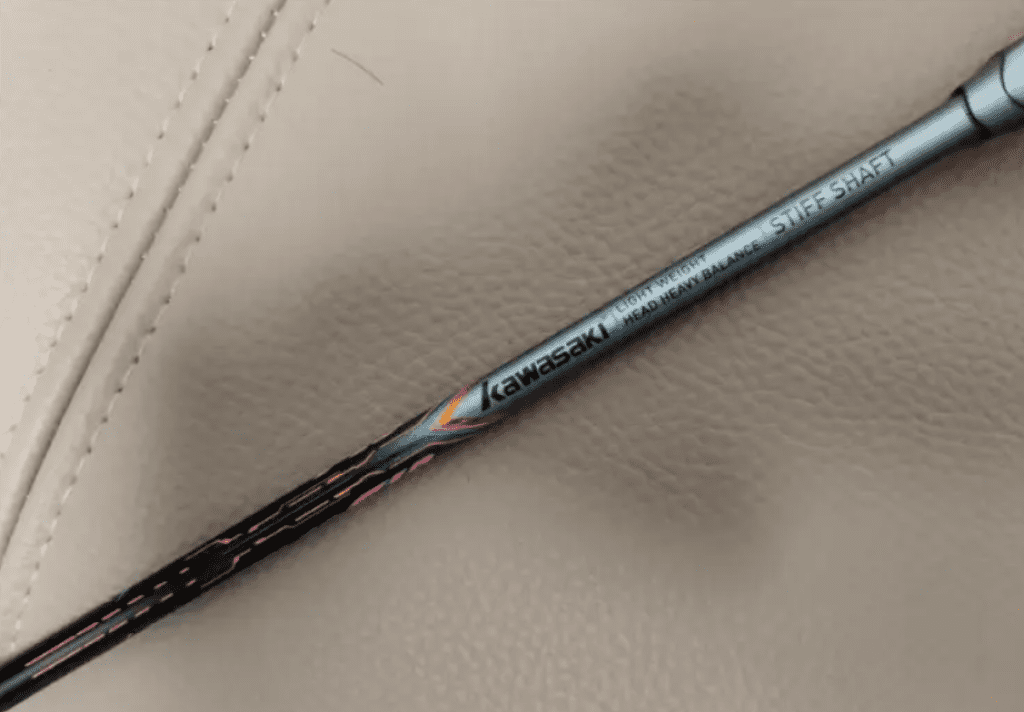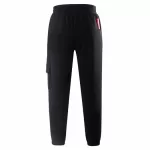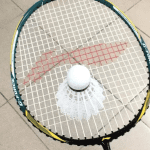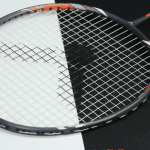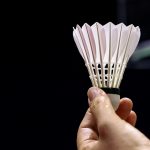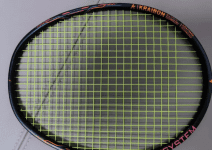
Badminton Racket Kawasaki F10 Reviews
You can copy or borrow ideas, but for brands with their own production lines, even if other brands target them, the key parameters, materials, and channels are still in their hands, so at most, only the appearance or fonts might be copied.
However, among brands with their own production lines, copying each other is quite a mean behavior. As a bystander, of course, I’m just here to enjoy the show.
Kawasaki’s new Thunder F10, you’ve really outdone yourself.

Specifications: 4U G5, with grip, total weight in use 95.1g, balance point 299mm, shaft length 213mm, medium to high stiffness, box frame, 76-hole string bed, 8-4 point string grooves, warranty up to 30lbs, string tension 26-28lbs BS710. As for the appearance, it’s matte carbon black with an ultra-thin shaft and golden fonts at the 4 and 8 o’clock positions. What else can I say? Just look at it; the paint quality is decent. But aside from the potential controversy over the appearance, I want to share a story I heard. Apparently, Kawasaki was the first to propose the name “Thunder” for this series, with the F8 being the first model. The English name was “Thunderbolt,” which wasn’t the same thing. However, we all know Kawasaki’s brand isn’t strong enough to compete with the big names. The Chinese name of this series was later taken by another factory, and it really took off… Does this have a bit of an “NTR” vibe? If that’s the case, then the storyline where “you do it first, I’ll do it back” doesn’t seem that bad, does it?
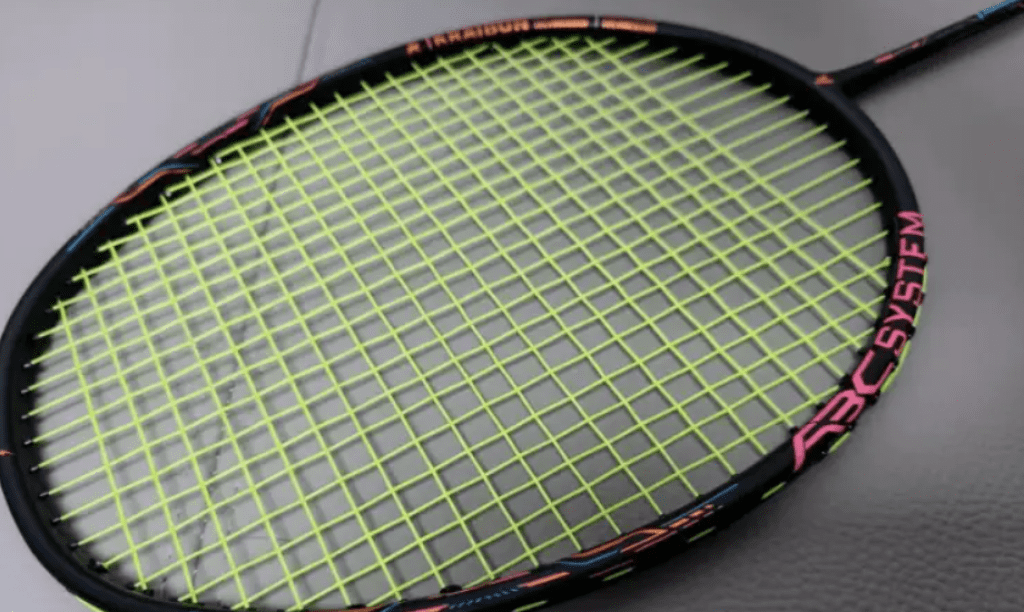
Man, as soon as I picked up this F10, it ignited my desire to attack, even before I started playing. Kawasaki released another offensive racket this season, the Spider-Man 8100 Pro, and the head heaviness of the Thunder F10 is on par with it. I believe its swing weight in the 4U category is among the top, but still within my acceptable range. On the day of the trial, I didn’t have time to adjust to the F10 and just went straight into a match with it.
To be fair, this isn’t a strange or unfriendly racket. Besides the slightly high swing weight, its good power transfer, large sweet spot, and top-tier elasticity within its specifications make it suitable for players with some strength to drive it. The direct feedback when hitting the shuttle also makes the F10 very satisfying to use; it’s a racket that you’ll want to continue using. Don’t just assume that “this racket doesn’t seem agile enough for fast exchanges or blocking”; it’s not designed for that, but that doesn’t mean it isn’t excellent.
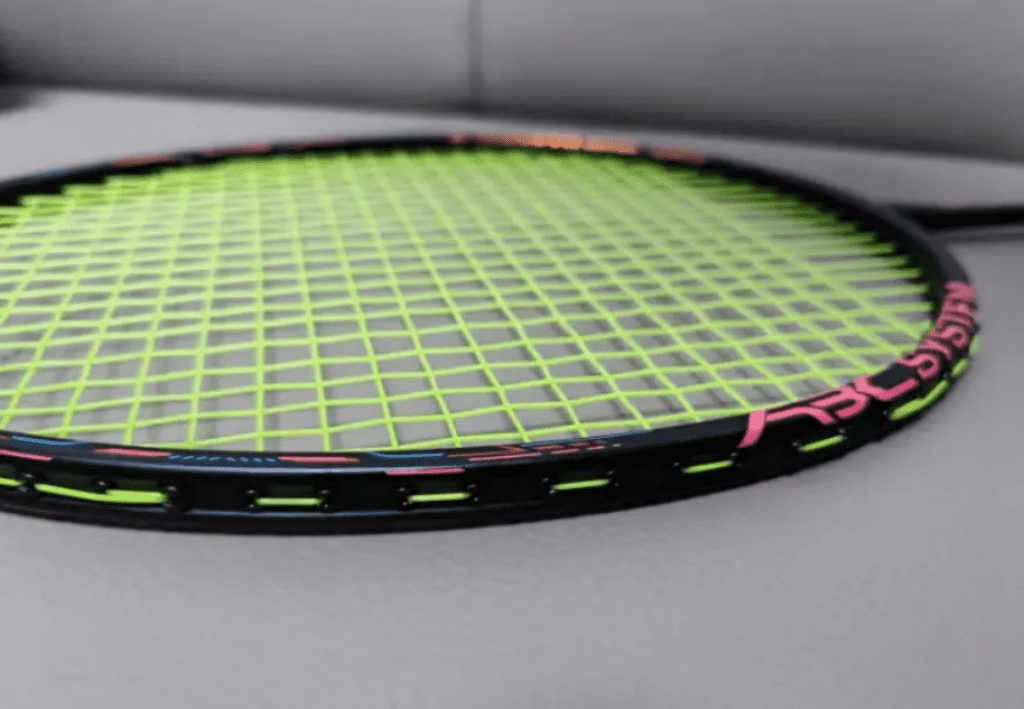
I still remember the feel of the Thunder 80, and the F10 is definitely not its follower—they feel different. The former was very balanced for an offensive racket, while the latter has the classic feel of a true offensive racket. The natural torsional resistance of the box frame gives the F10 excellent directional control. It’s not just about downward smashes; even push shots, drives, and other controlled shots can be delivered with the precise trajectory I want, sending the shuttle to my intended spot. Additionally, thanks to the weight of the racket head and the elasticity of the shaft, the F10’s shots feel explosive—powerful, fast, and with great sound. This racket is definitely more aggressive than the Thunder 80.
The racket’s control at the net is also outstanding. I prefer using a slightly head-heavy racket for net play or slicing; it helps me stabilize my touch, and after hitting high in the backcourt, a normal swing can bring the shuttle to the opponent’s net and land it just over. Even when dealing with an opponent’s heavy smash in a hurry, a well-timed soft shot to the net can turn the situation around.
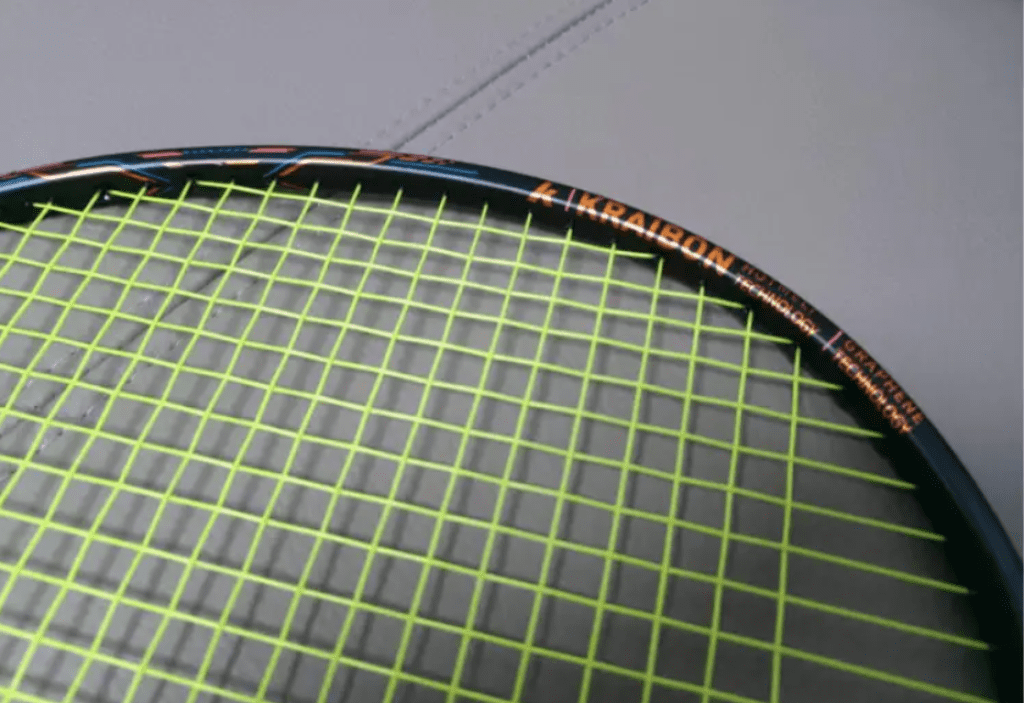
When it comes to offensive performance, I believe this is the most “explosive” Kawasaki racket I’ve used this year. The energy burst from this ultra-thin shaft slightly exceeded my expectations. When focusing my power, the F10 delivers a solid performance with high power transmission efficiency. Although the significant head weight can help users, even those with less power, generate solid, flawless smashes, adding force recklessly makes the attack much more intimidating. This intimidation comes from a combination of sound, speed, and hitting feedback—all top-tier experiences. It’s not one of those clunky rackets that sacrifices continuity for a single heavy smash; the shaft’s quick recovery ensures uninterrupted output in the backcourt during the trial. It’s worth mentioning that although the stiffness is slightly high, there’s still a resilience during heavy smashes.
On the other hand, the racket’s performance in defensive situations really tests the player’s skill.
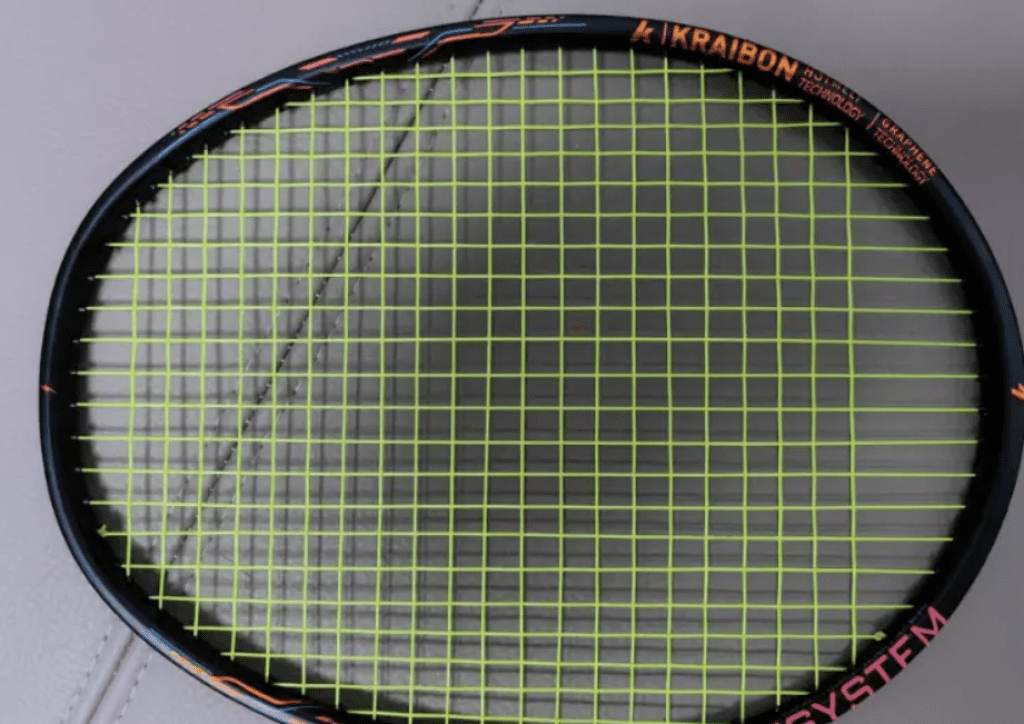
From the start, I suspected it wouldn’t be suitable for fast exchanges or blocking, and the actual experience confirmed this. In doubles, during rotations in the front court, I had to step back half a step more than usual to avoid being caught by the opponent’s fast drives. Simply put, the Thunder F10 might expose its sluggishness in quick transitions between forehand and backhand, as well as in continuous racket swings. But if I were to rank it, the F10’s crisp shots and quick shaft recovery keep it from being the worst in close combat—at least it’s better than the Spider-Man racket. Additionally, its segmented fishtail cone cap leaves room for the thumb’s role during backhand grip.
It’s clear that this 4.5-star racket is more suited for advanced players. The F10 fits well in positions where the 88D can adapt, offering a thrilling offensive experience. However, I think the timing of releasing this high-quality new model, directly competing with the Spider-Man series, might not have been the wisest decision.
